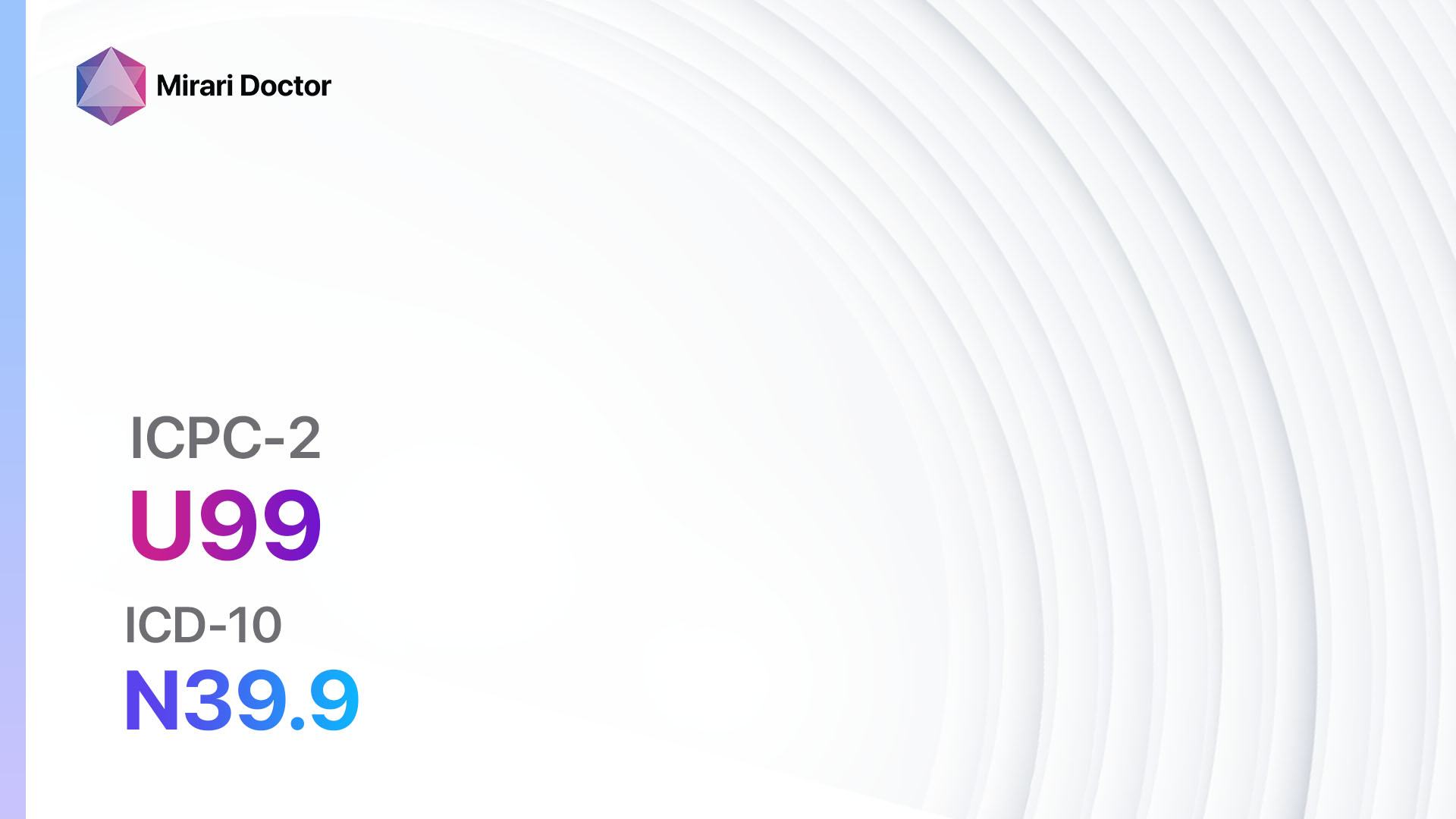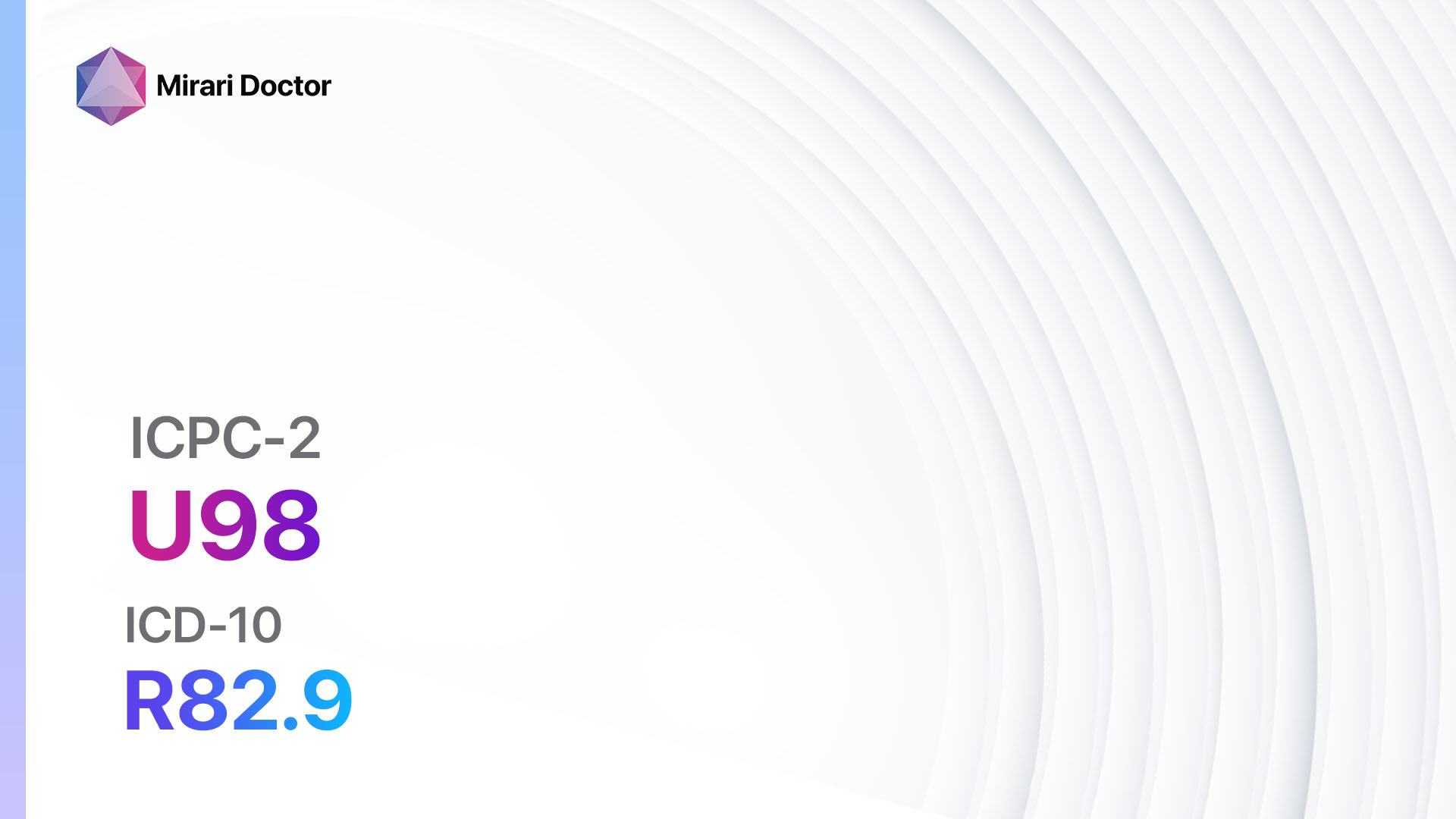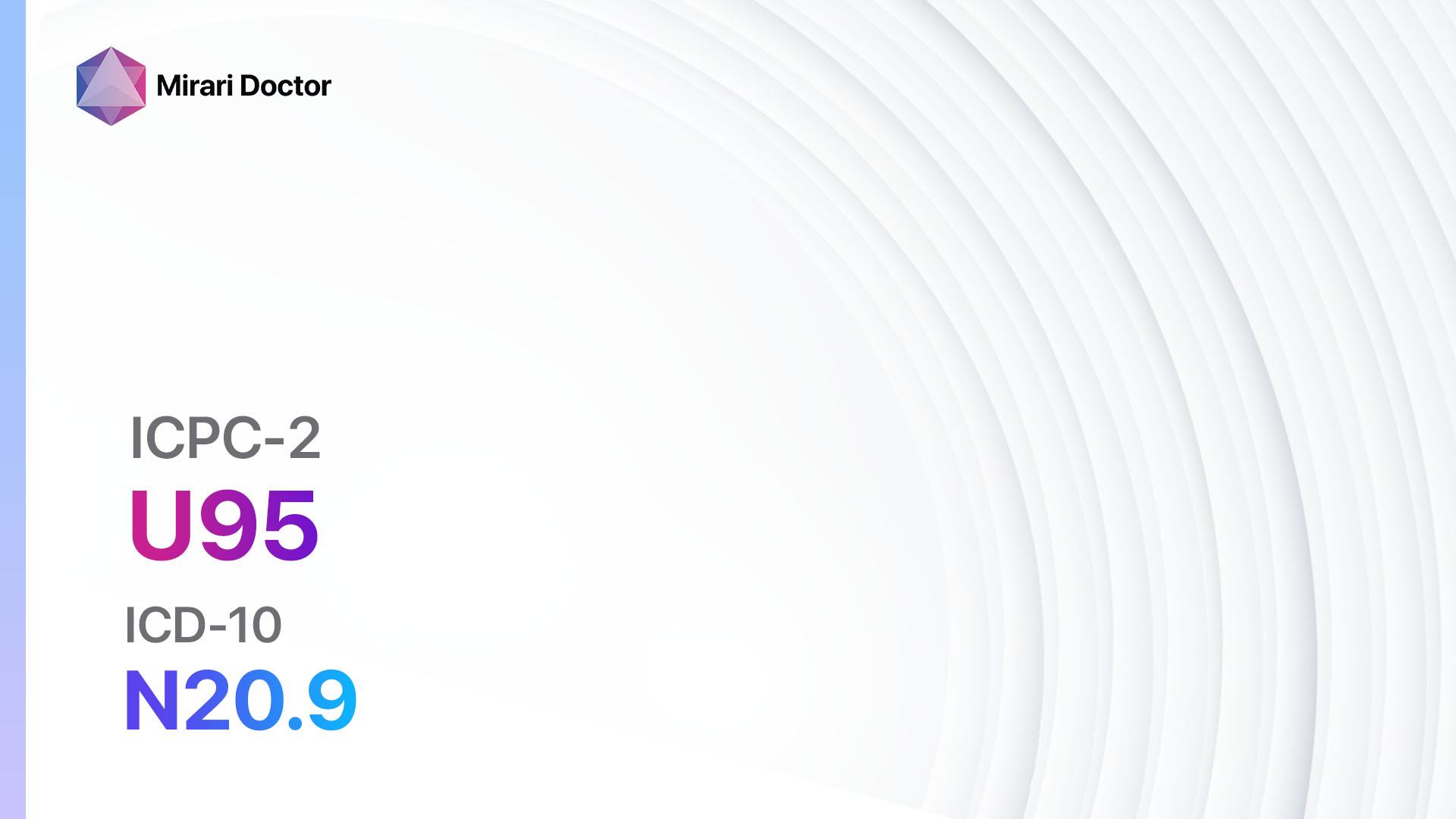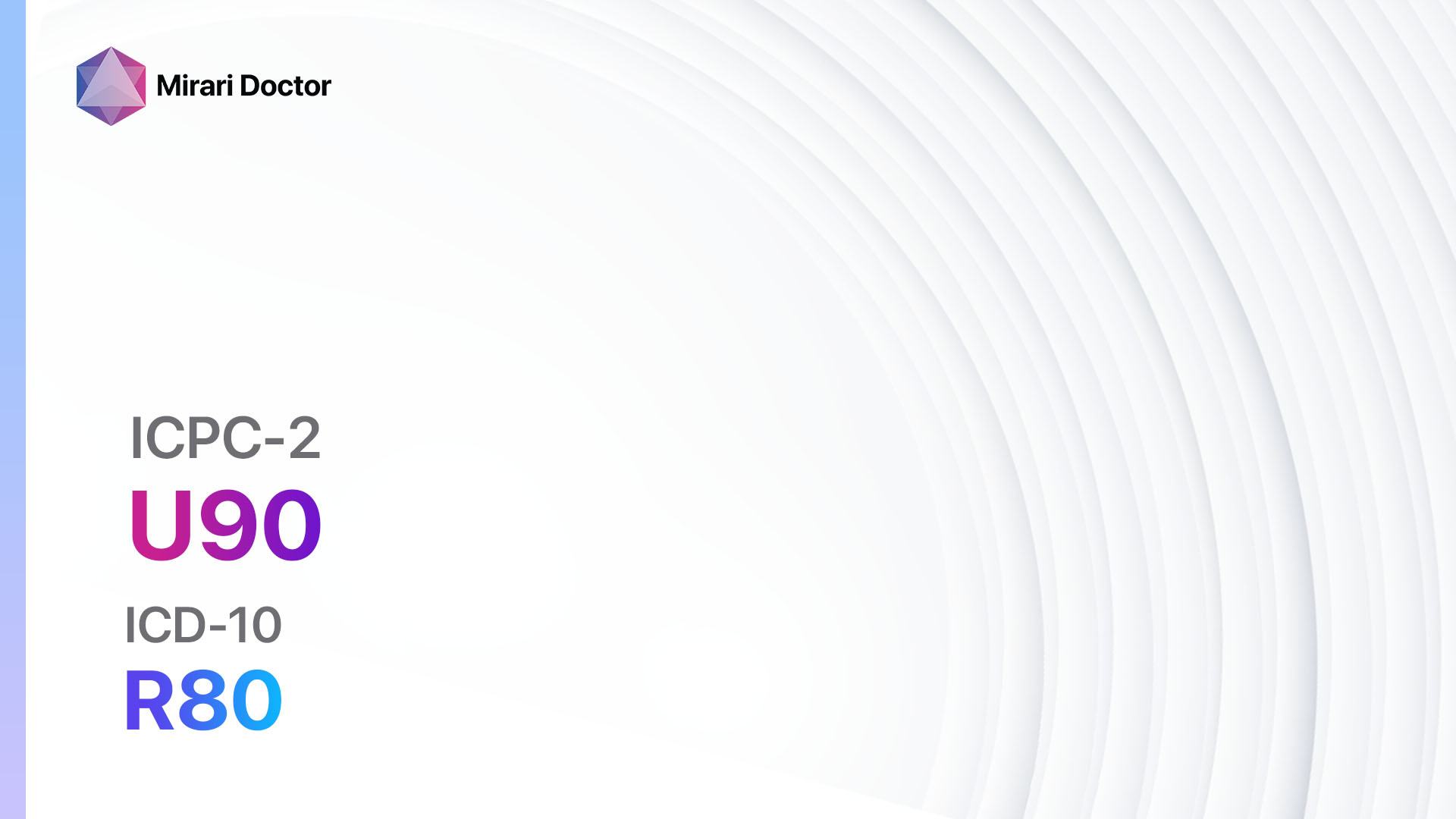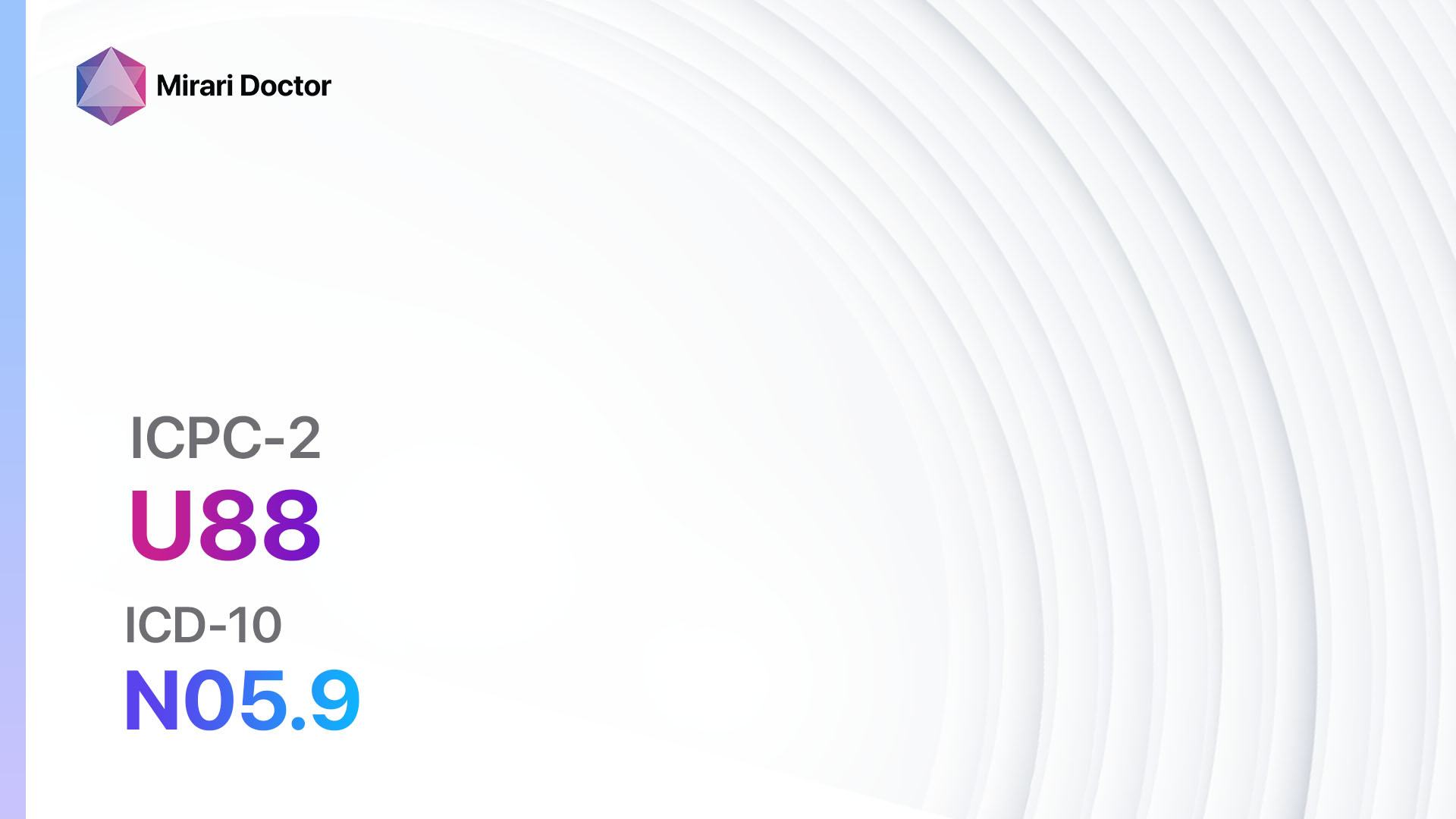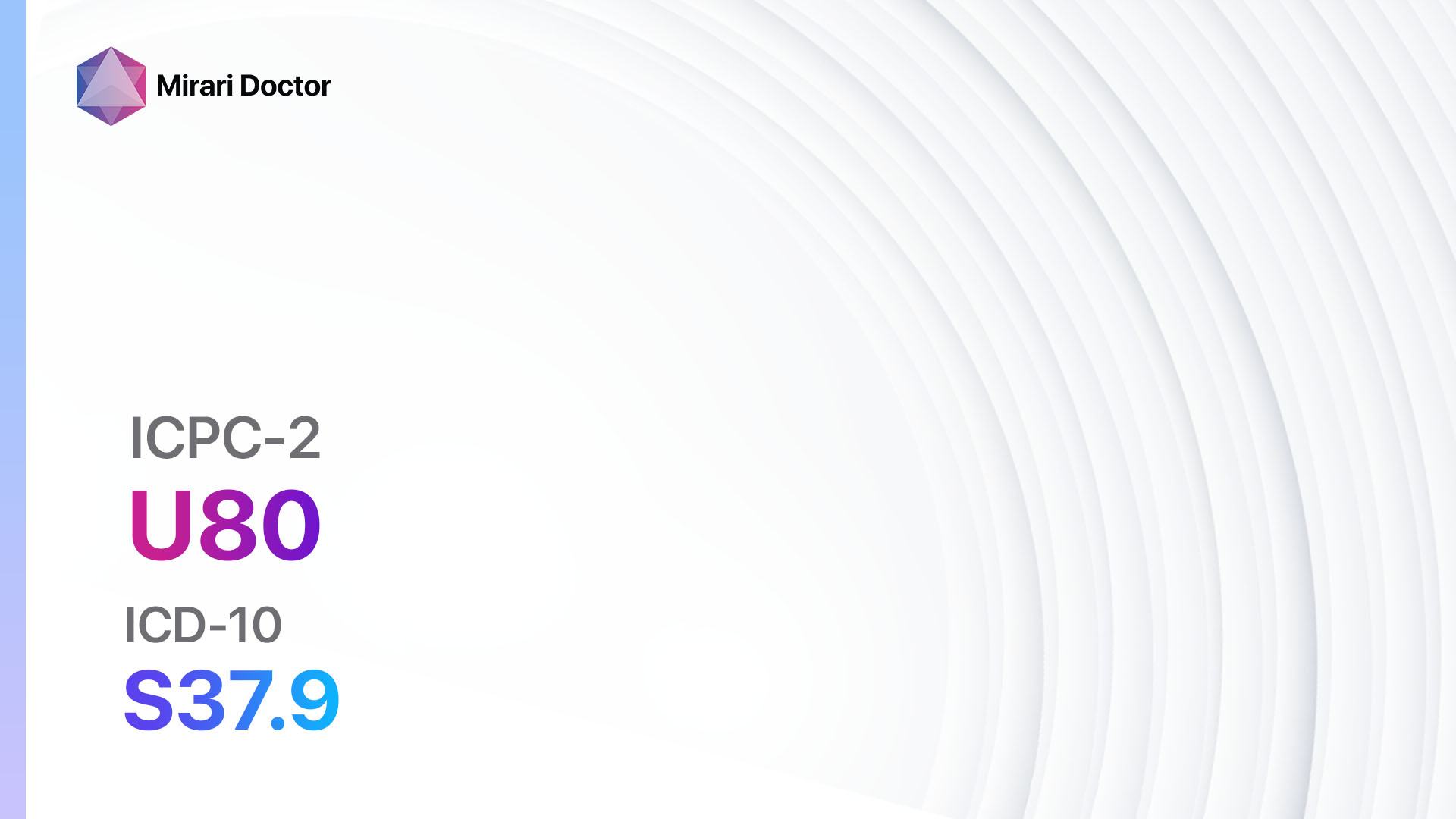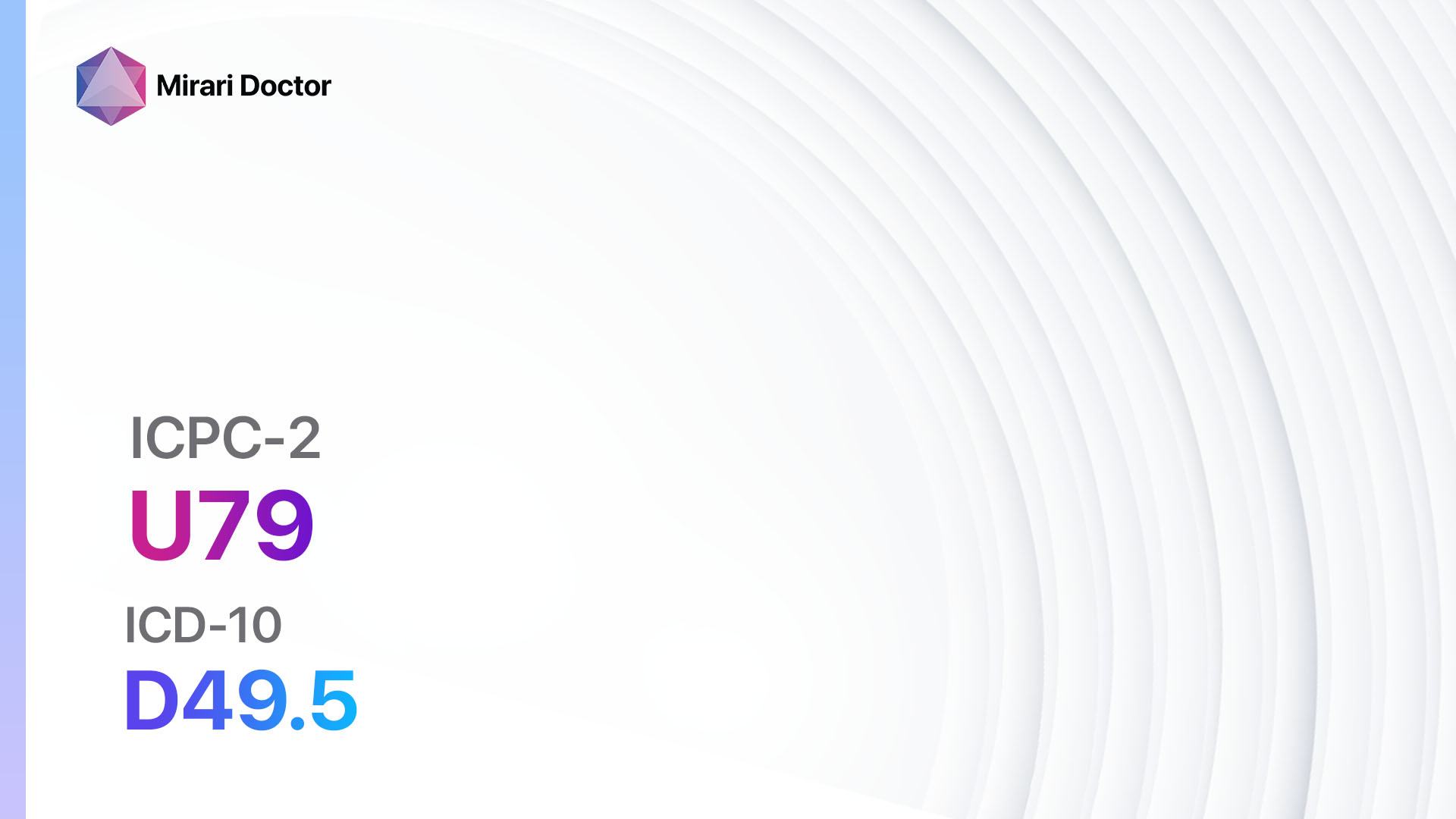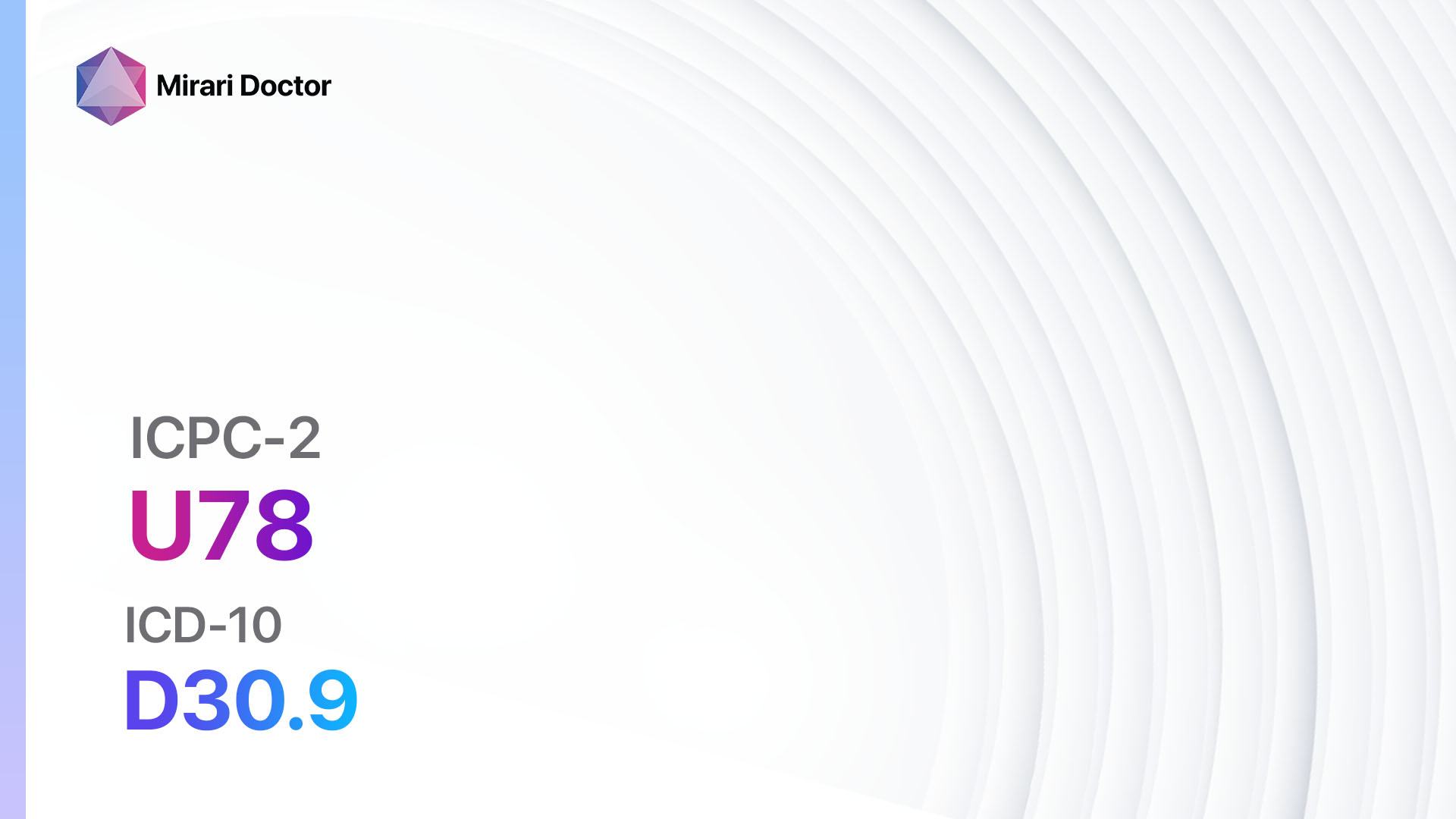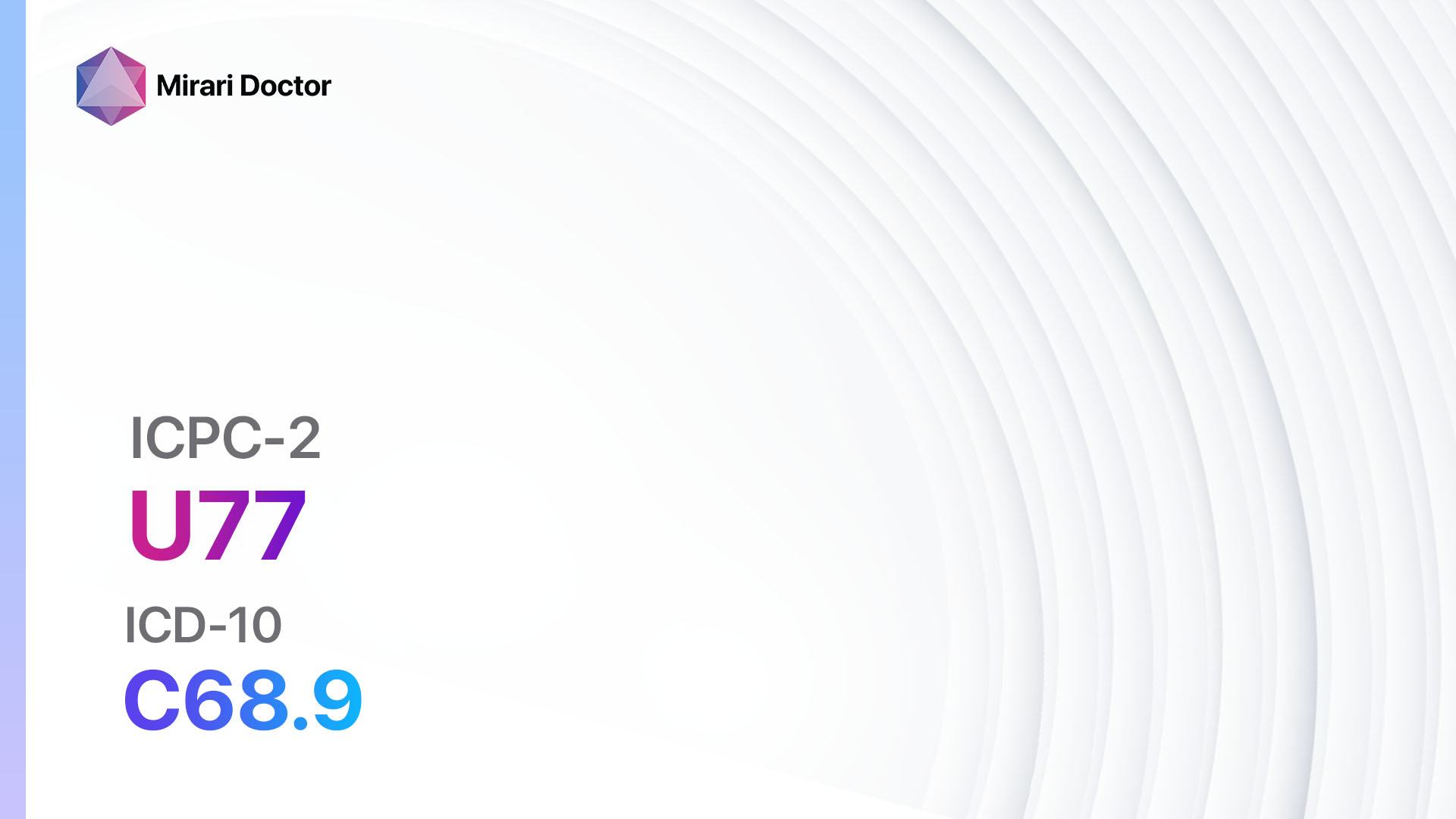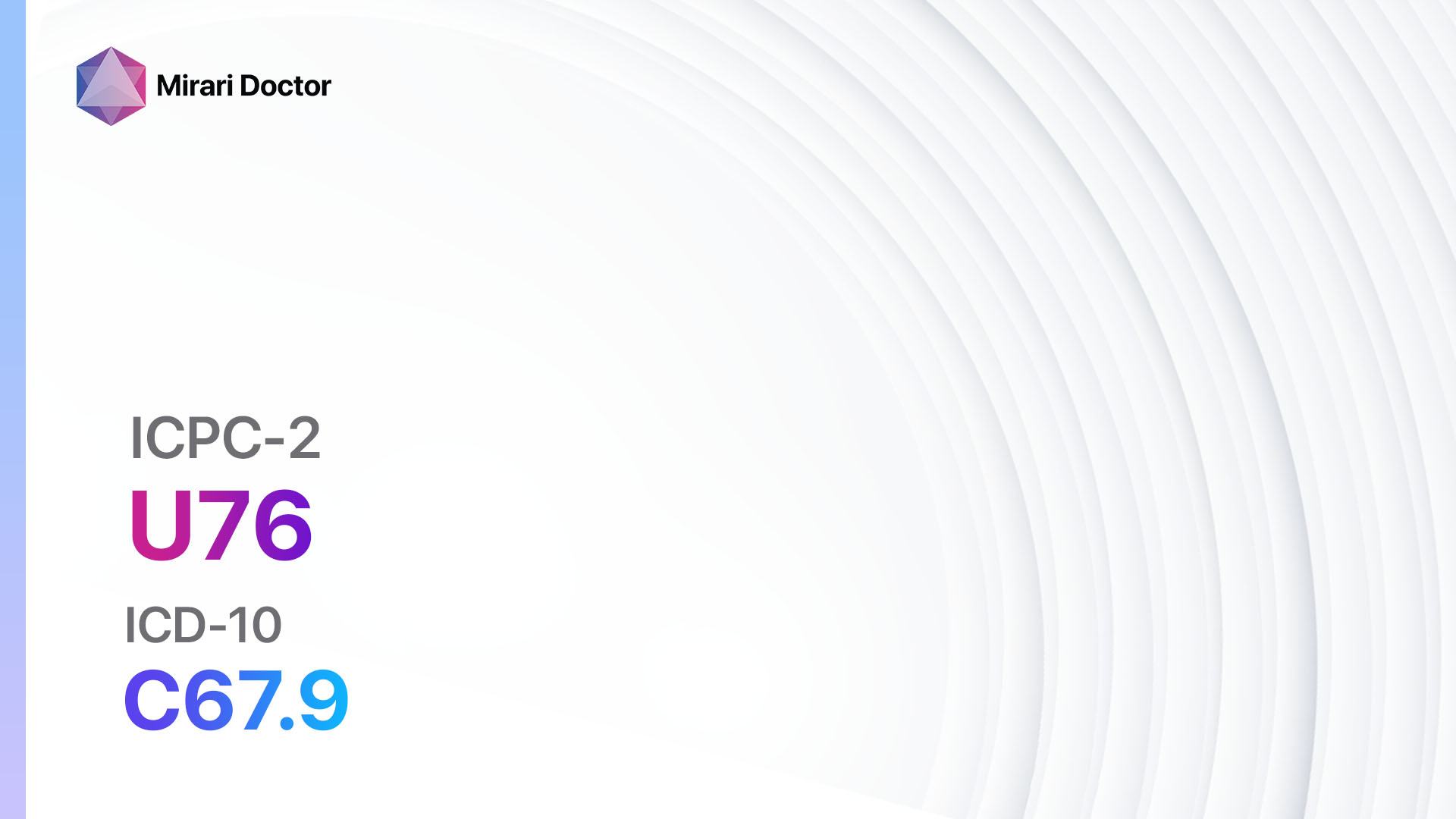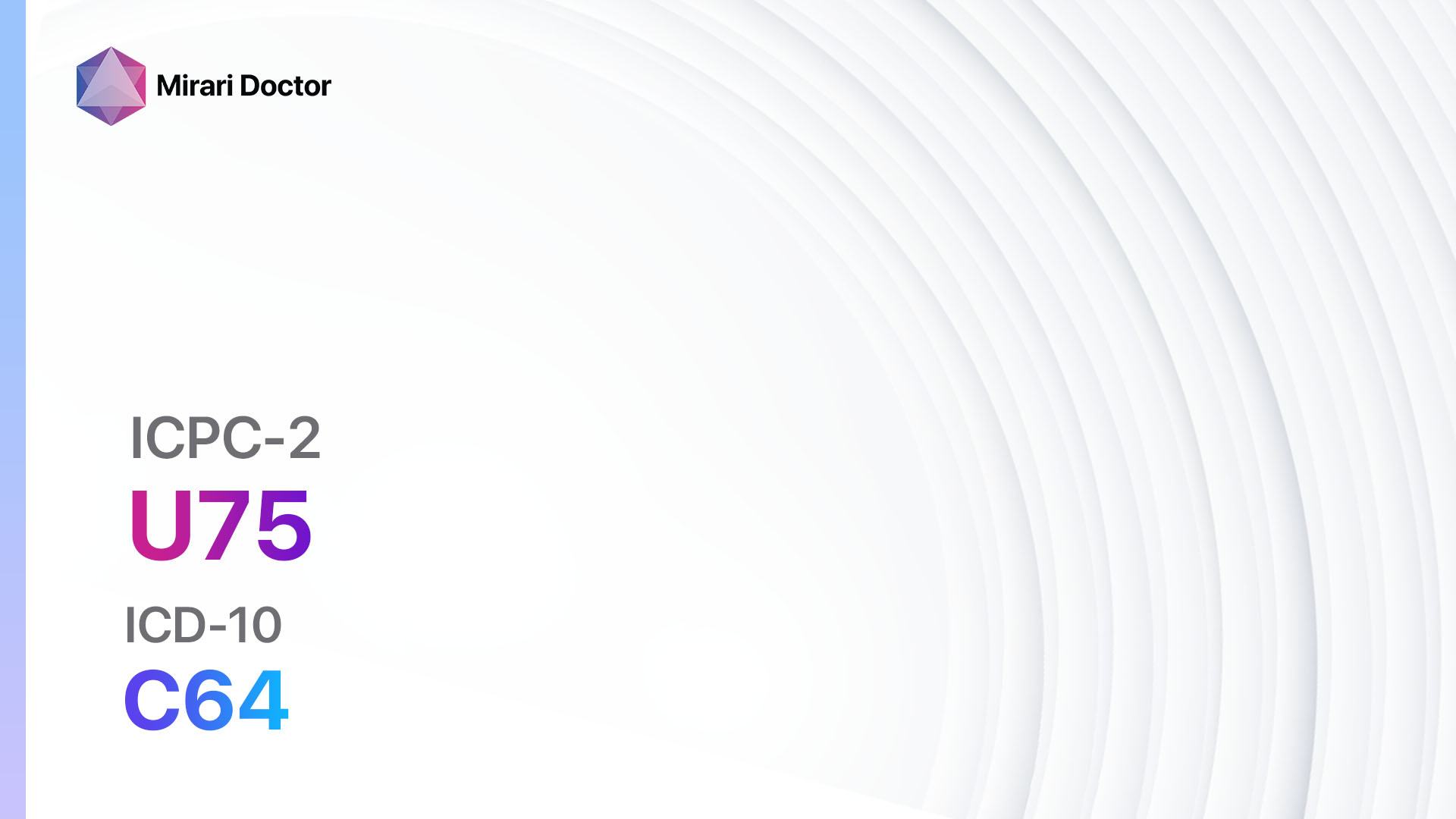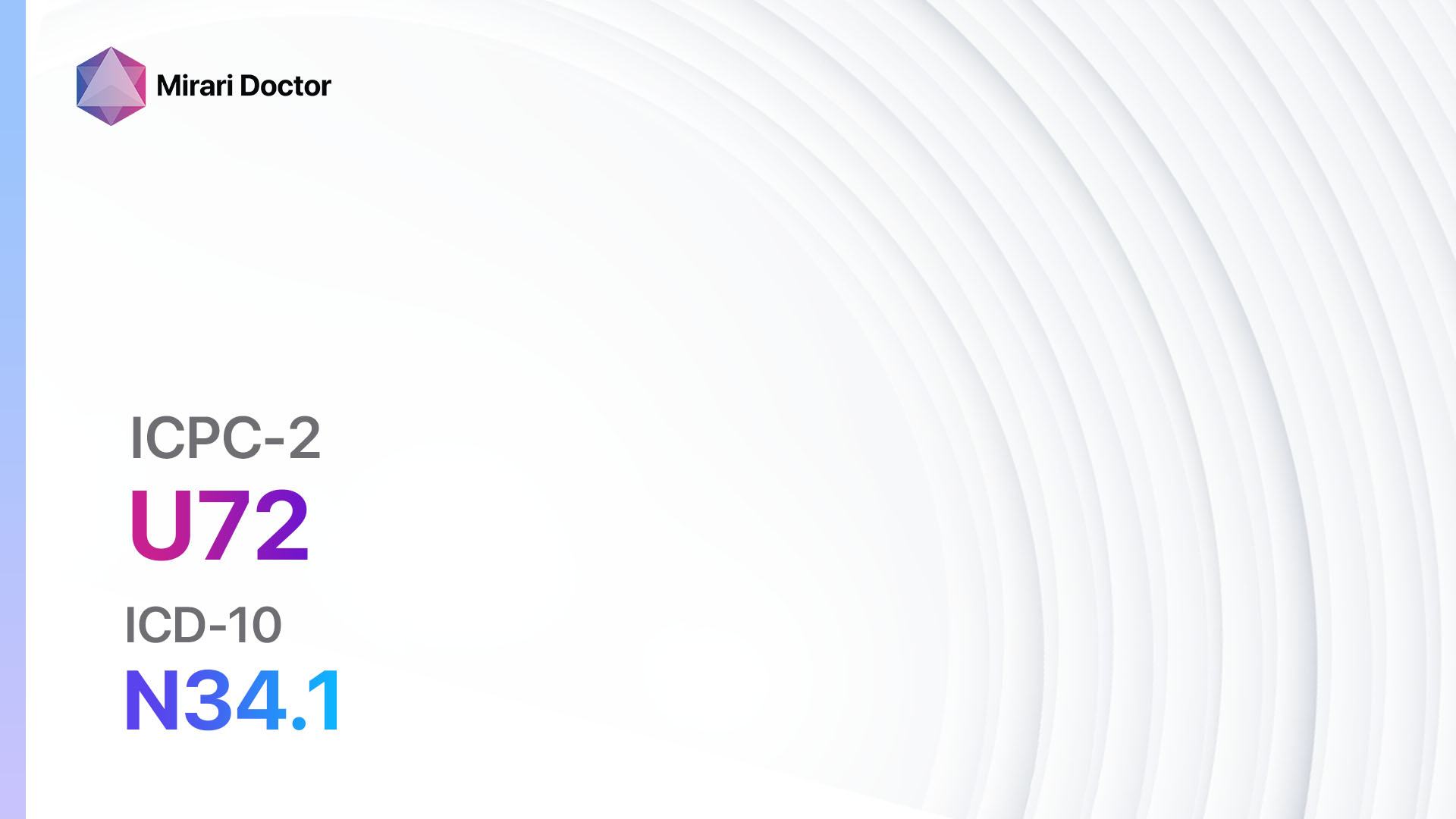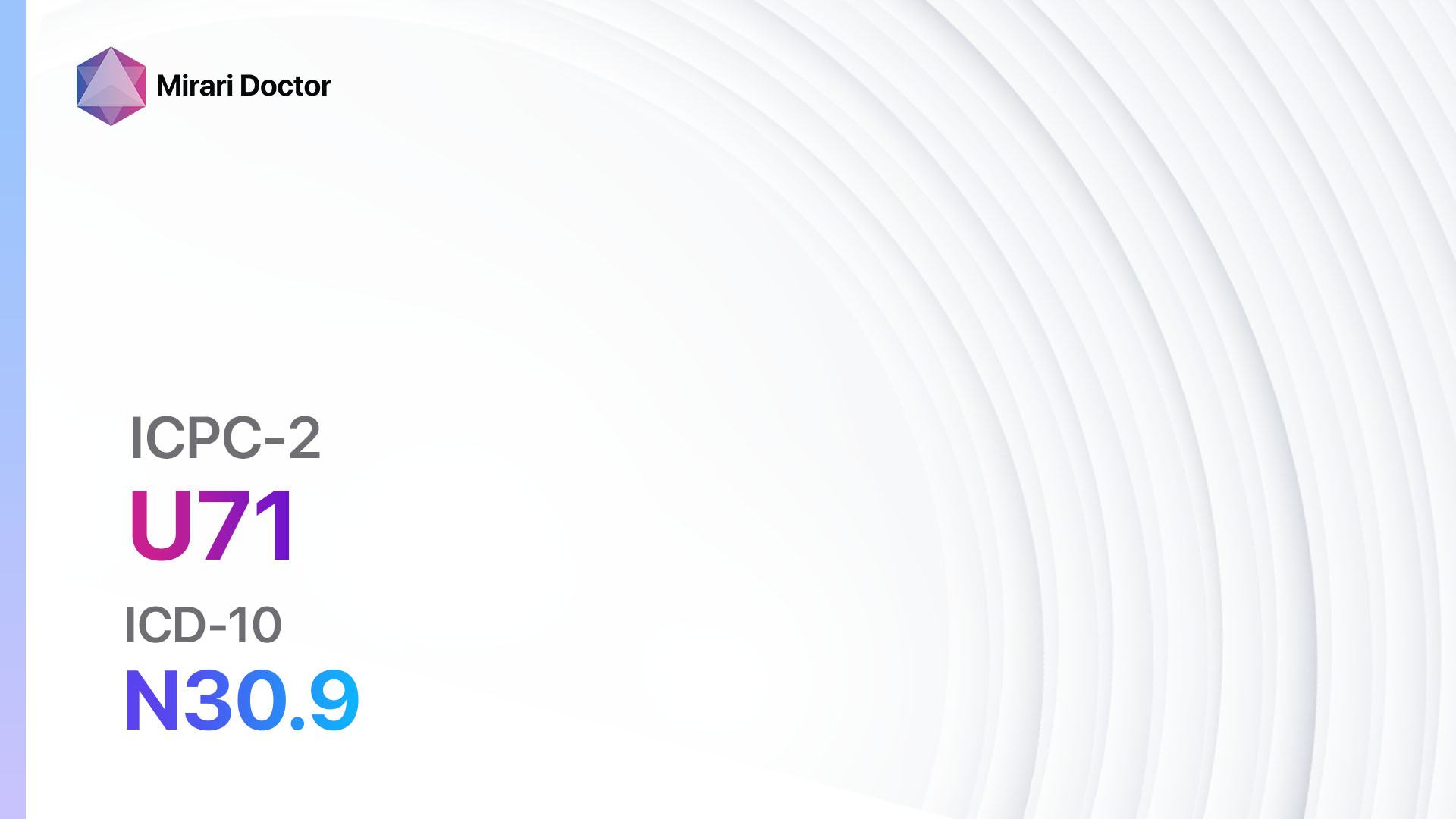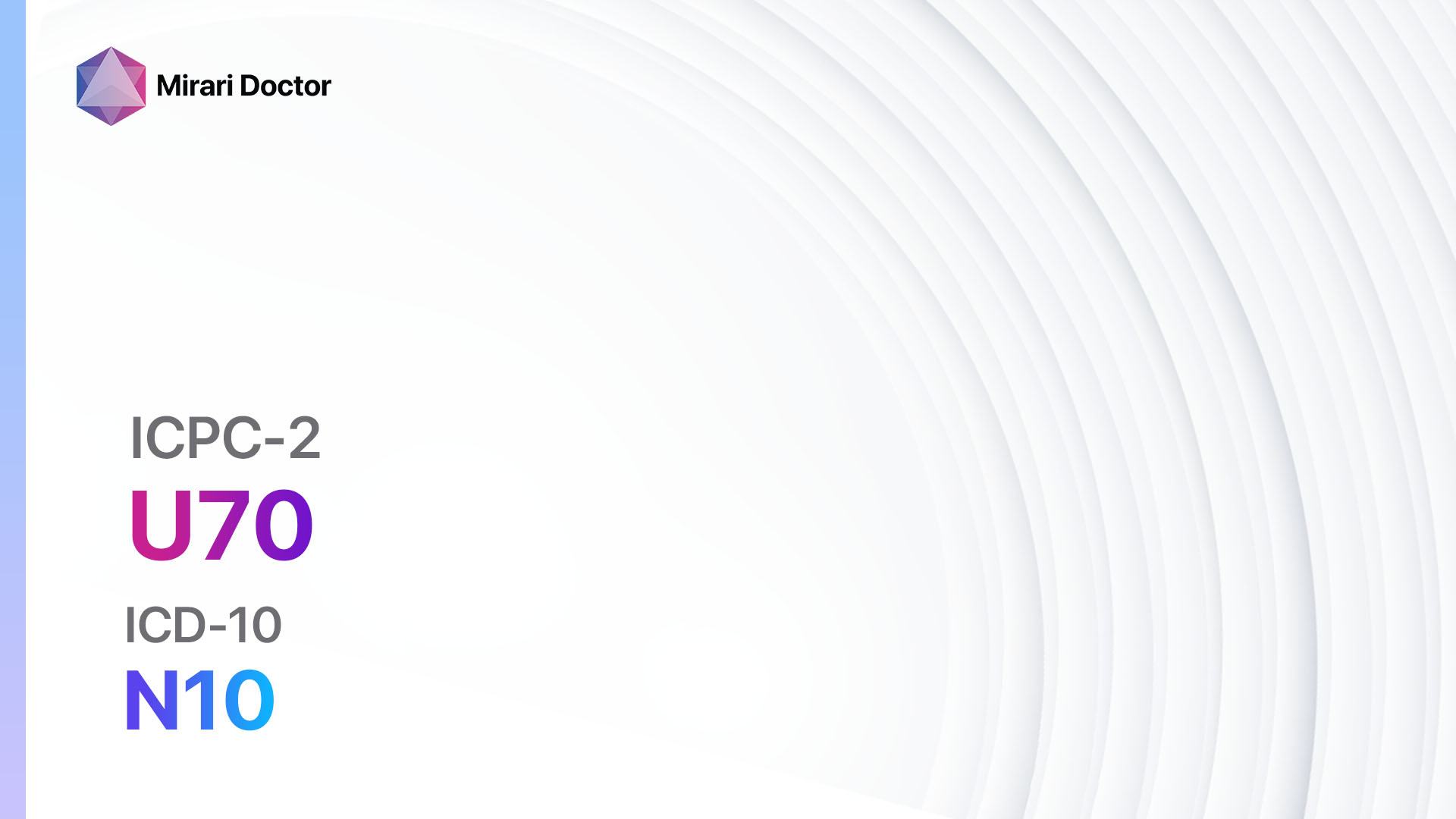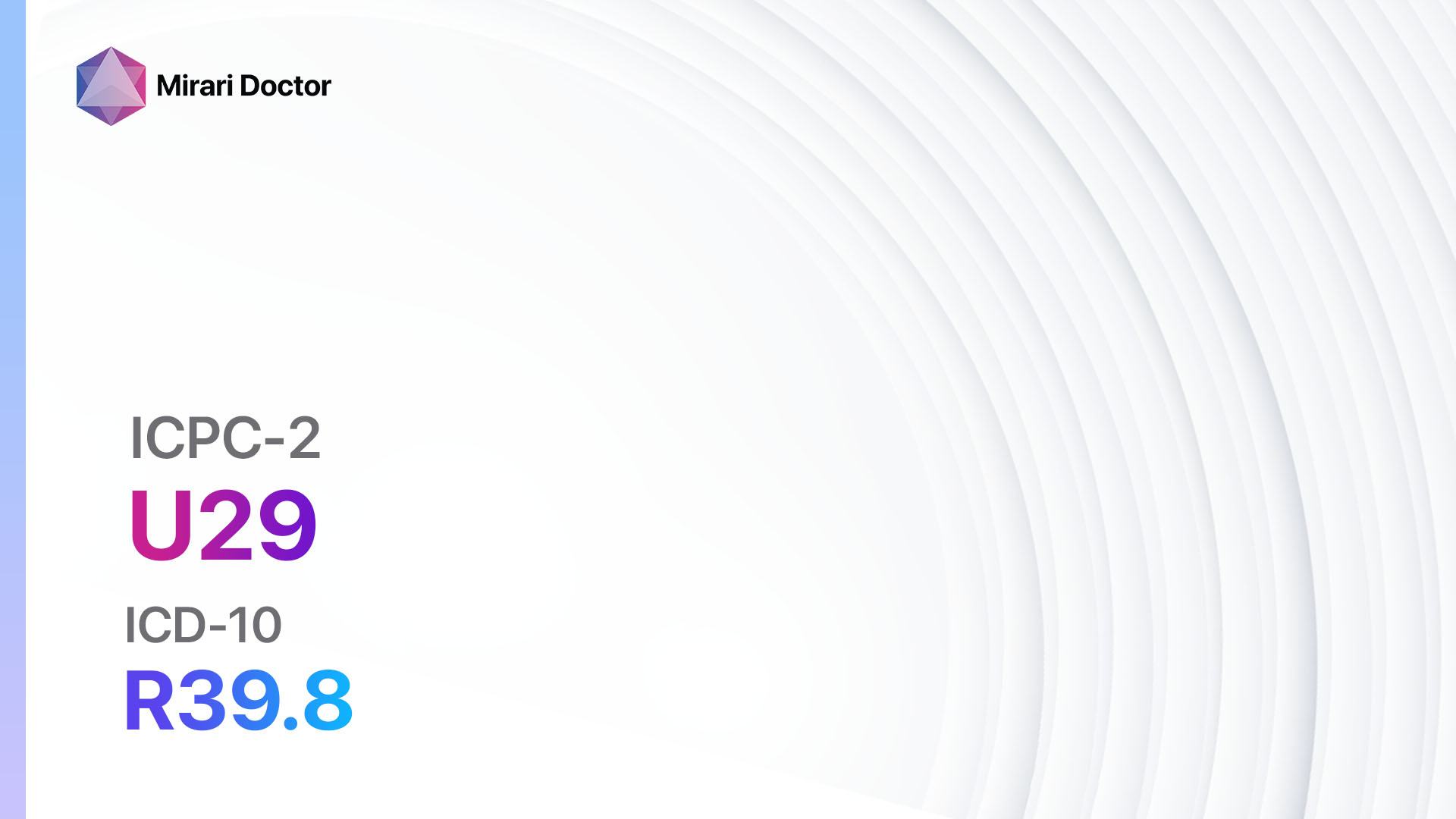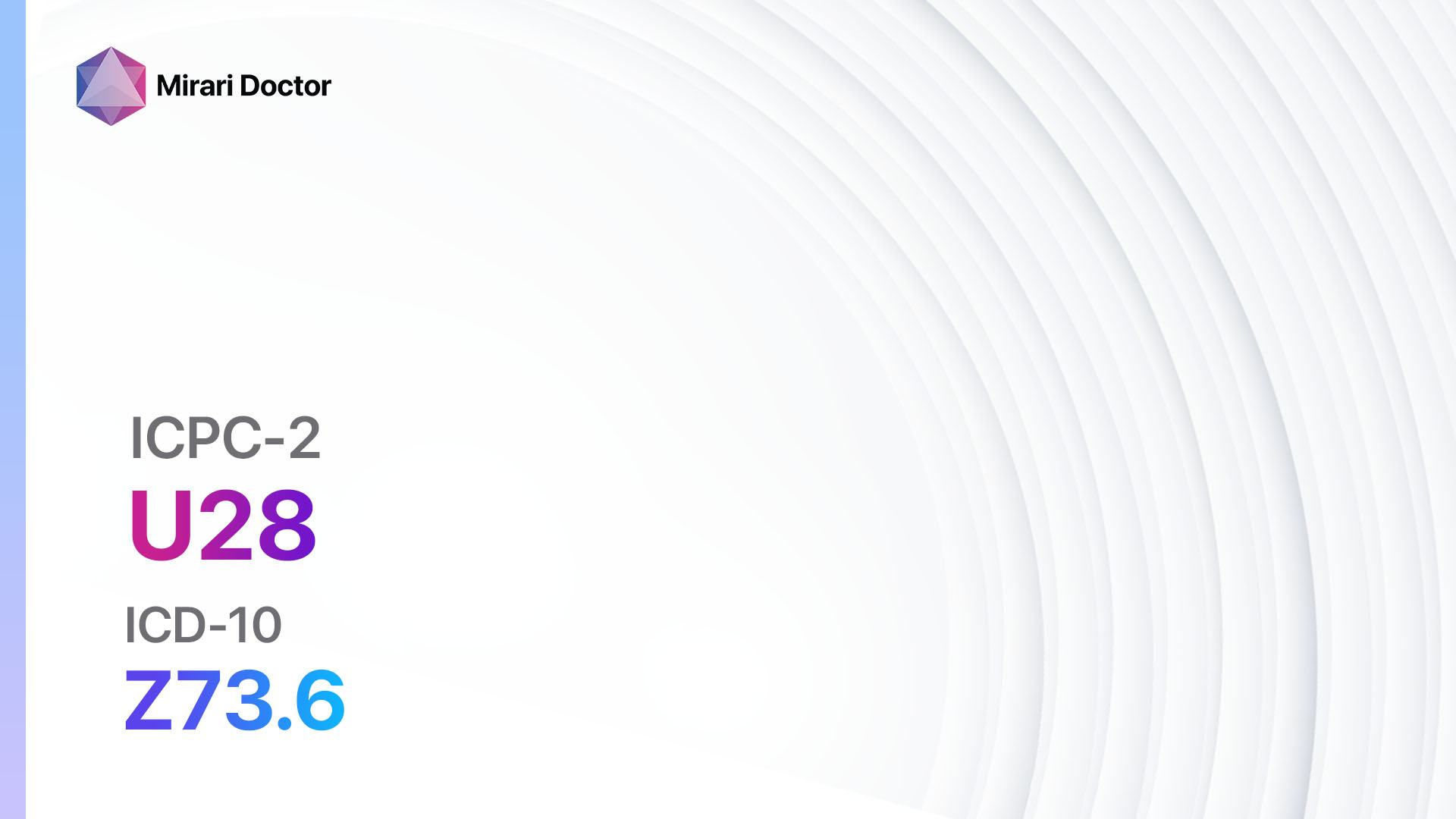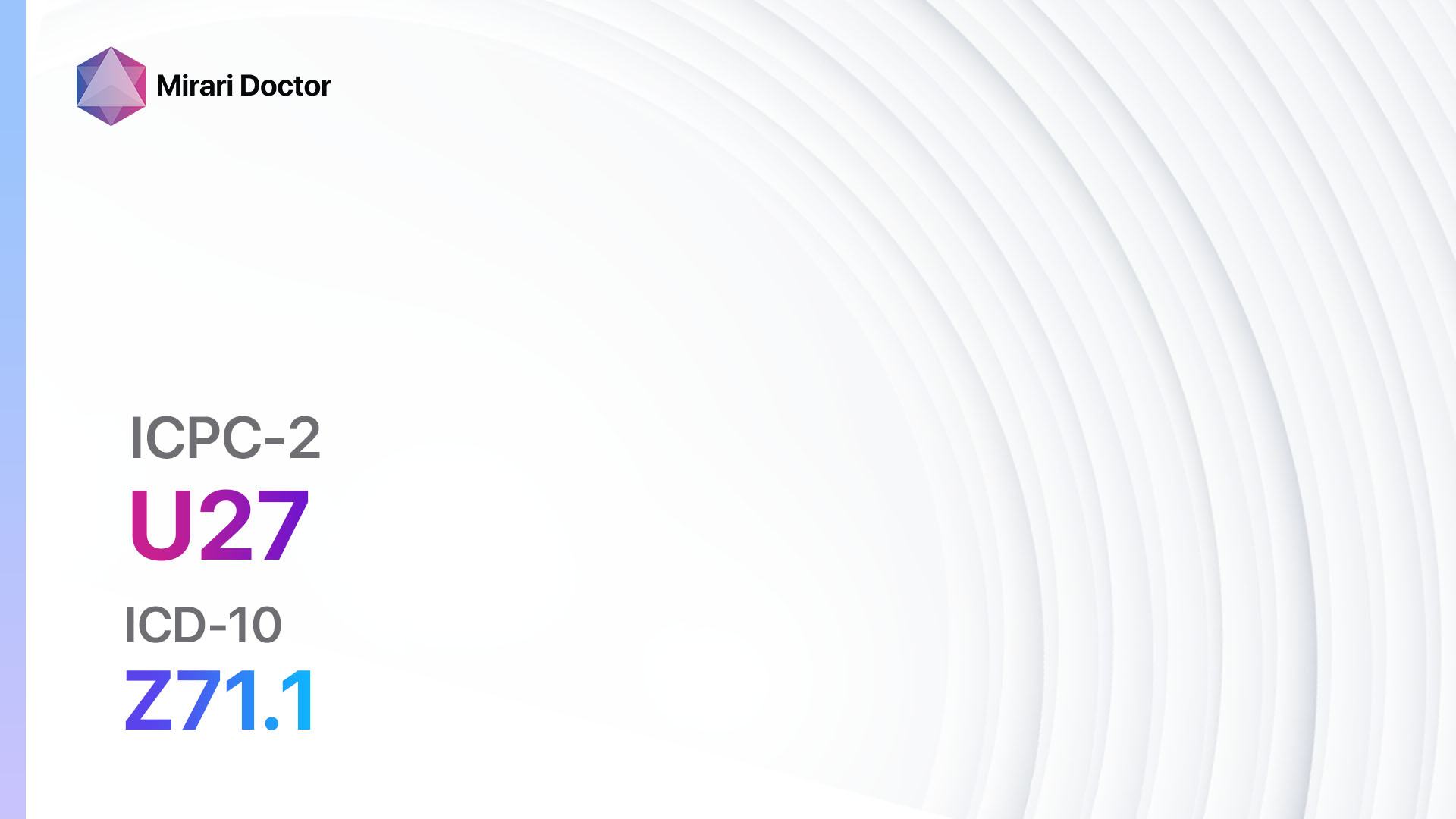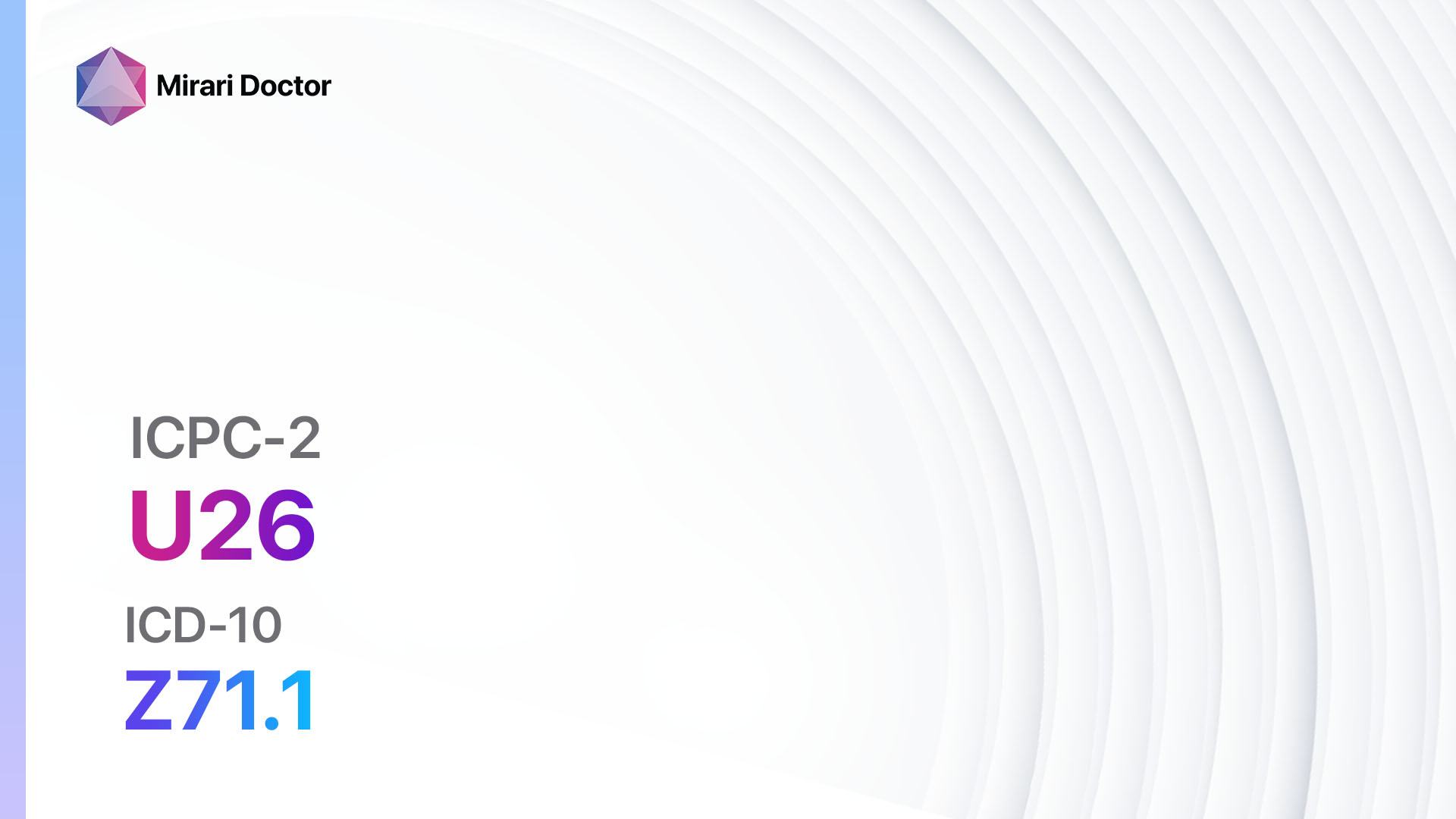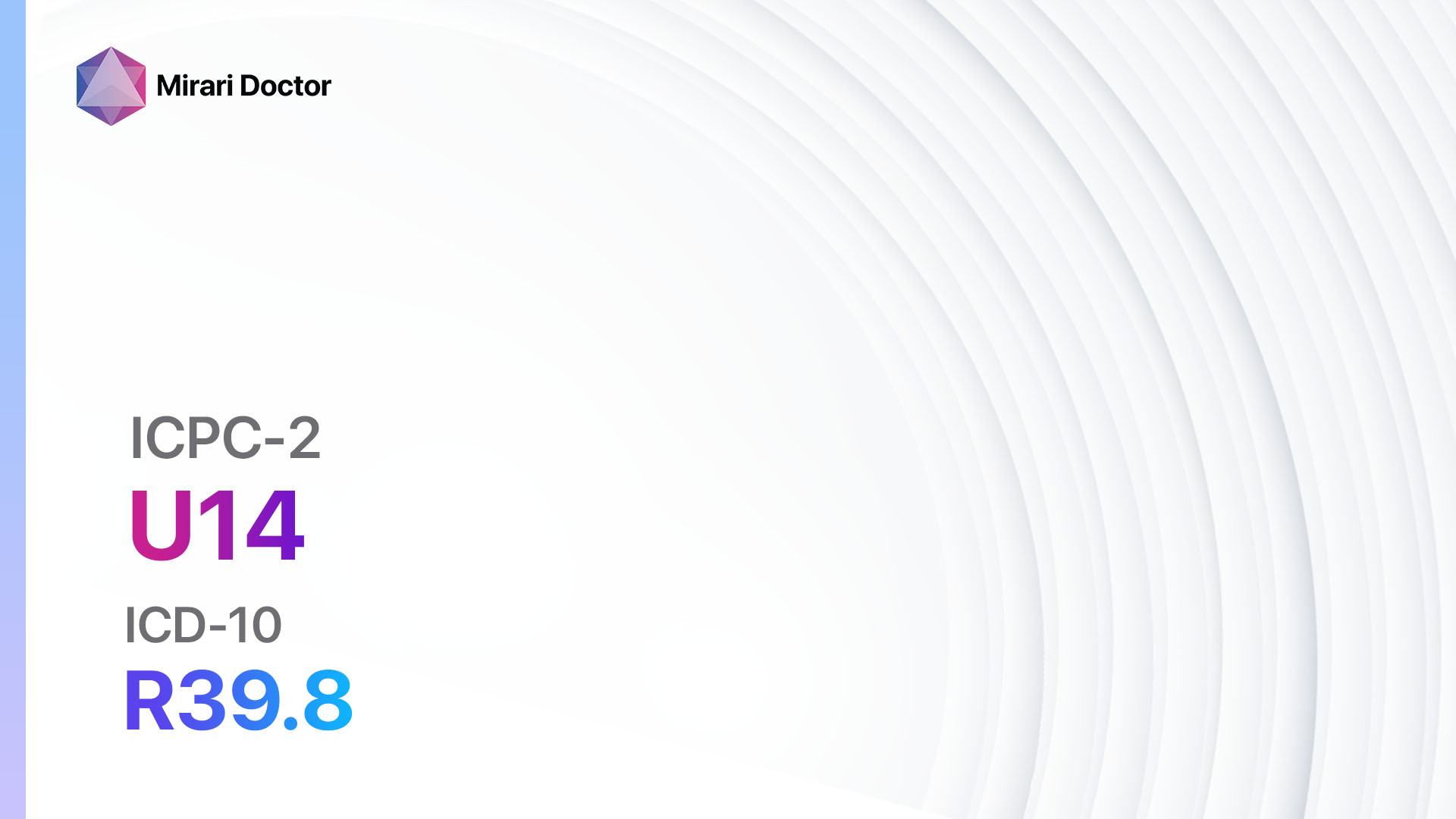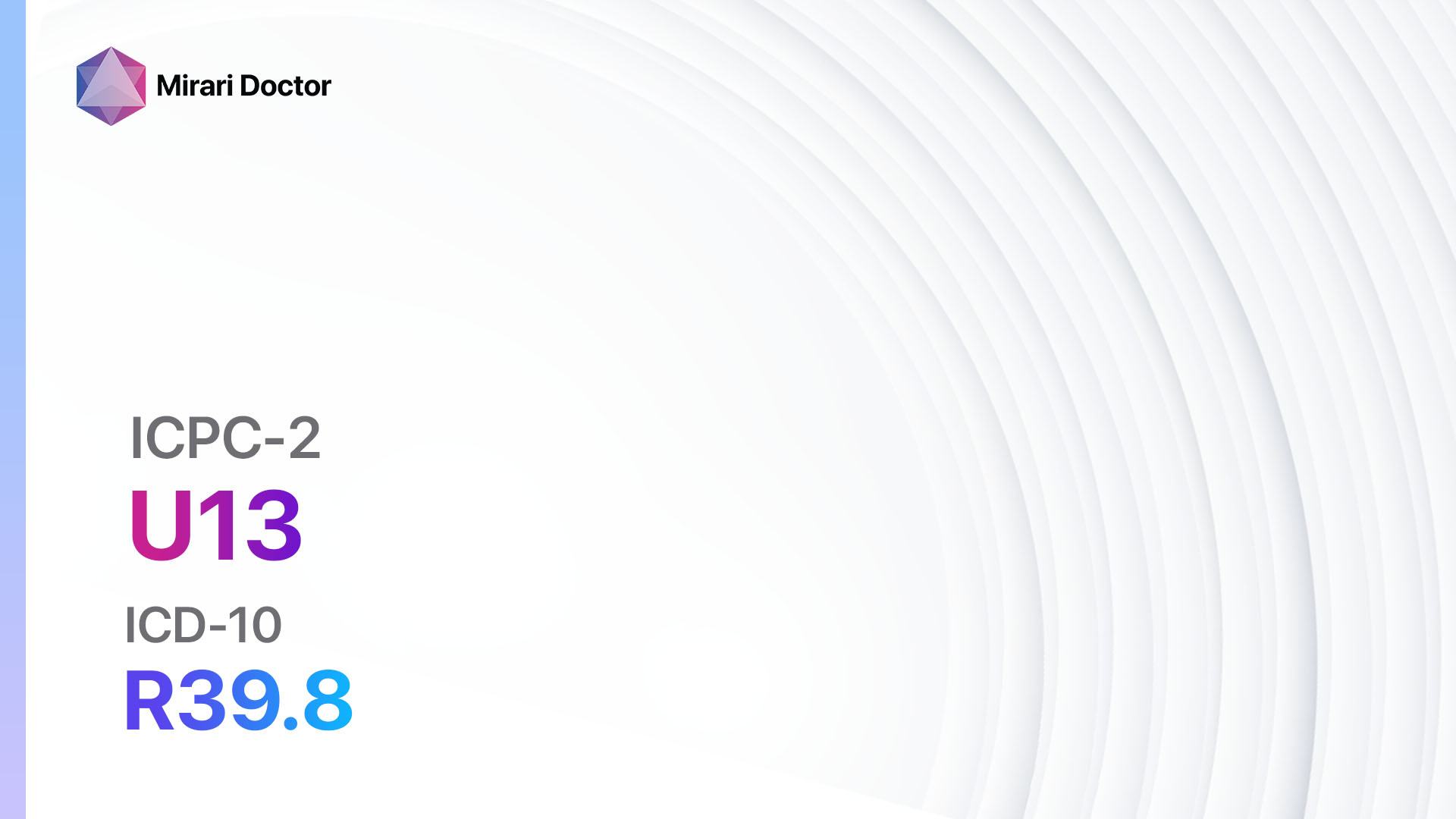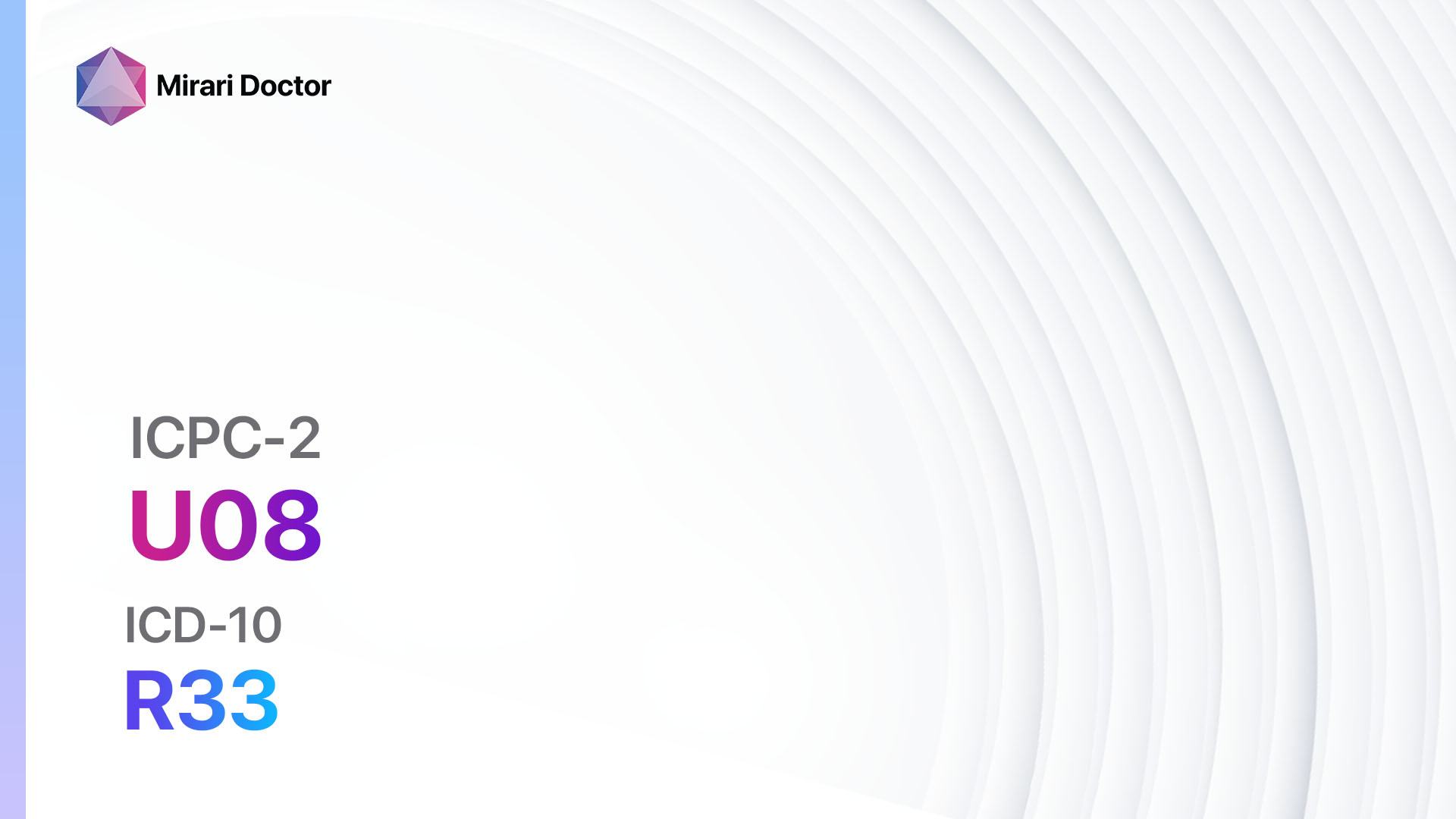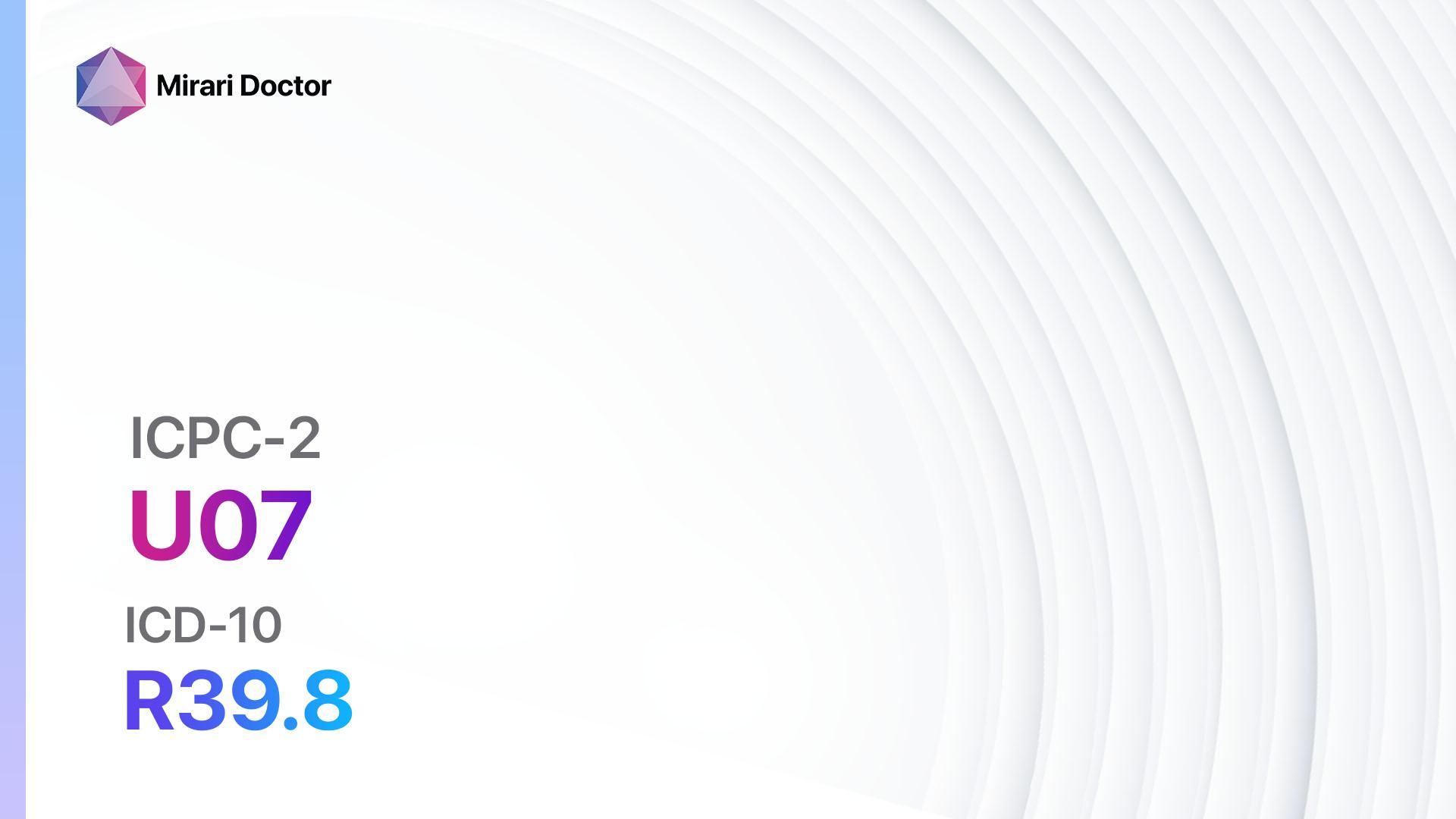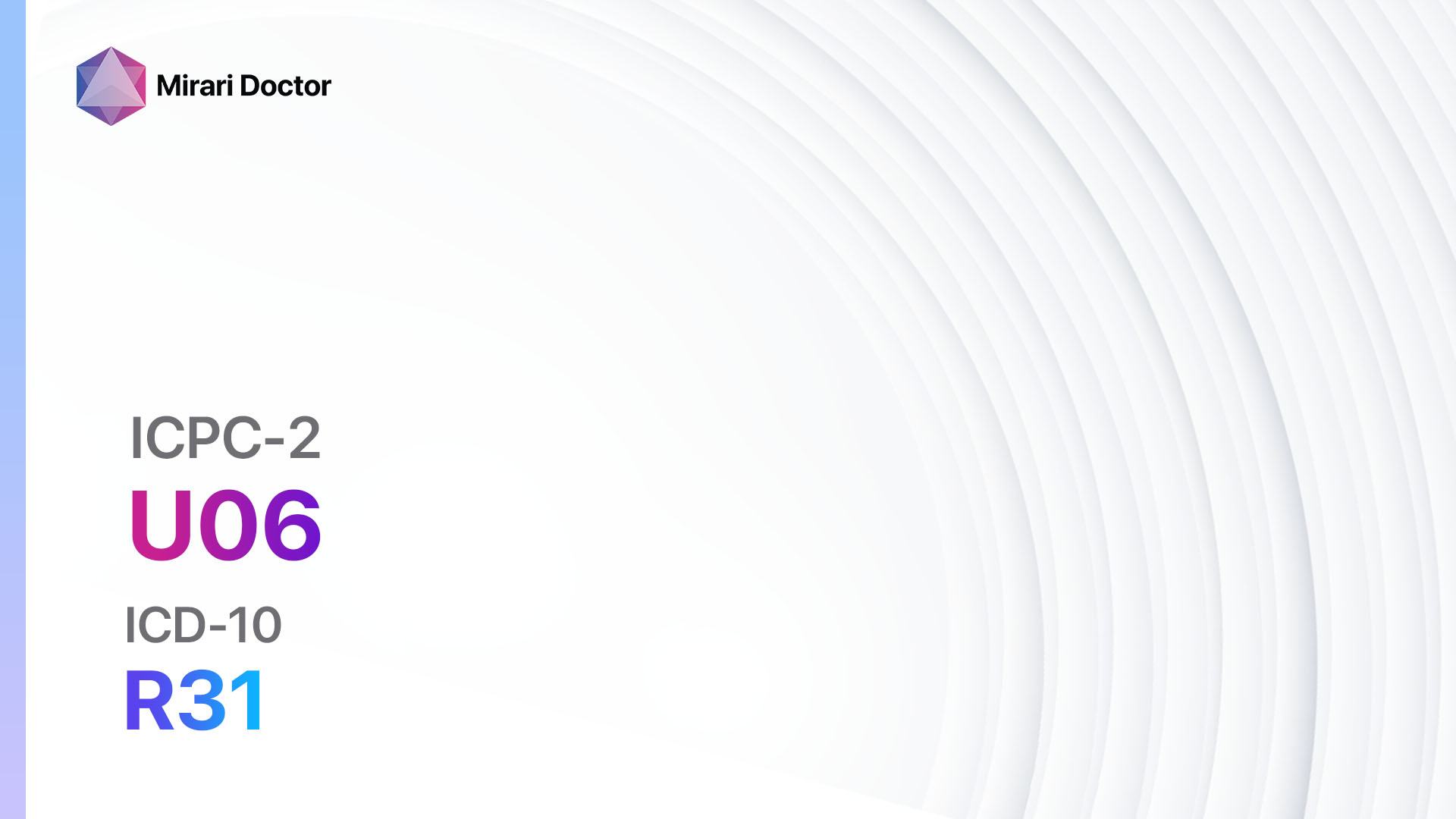
Introduction
Haematuria is a medical condition characterized by the presence of blood in the urine. It can be a sign of an underlying medical condition and should be evaluated by a healthcare professional[1]. The aim of this guide is to provide a comprehensive overview of the diagnostic steps, possible interventions, and lifestyle modifications that can be considered for the management of haematuria.
Codes
Symptoms
- Visible blood in the pain[2]
- Pink, red, or cola-colored urine
- Blood clots in the urine
- Frequent urination
- Painful urination
- Back or abdominal pain
Causes
- Urinary tract infections
- Kidney infections
- Bladder or kidney stones
- Enlarged prostate
- Kidney disease
- Bladder or kidney cancer
- Inherited disorders
- Medications[3]
Diagnostic Steps
Medical History
- Gather information about the patient’s symptoms, including the duration and severity of haematuria.
- Identify any risk factors, such as a history of urinary tract infections, kidney stones, or family history of kidney disease.
- Determine if the patient is taking any medications that may cause haematuria[4].
Physical Examination
- Perform a thorough physical examination, including a pelvic examination for women and a rectal examination for men.
- Check for any signs of infection, such as fever or tenderness in the lower abdomen.
- Assess for any abnormalities in the kidneys or bladder[5].
Laboratory Tests
- Urinalysis: A urine sample is analyzed for the presence of blood, infection, or other abnormalities.
- Complete blood count (CBC): Measures the number of red and white blood cells in the blood.
- Blood chemistry panel: Evaluates kidney function and checks for any abnormalities.
- Coagulation studies: Assess the blood’s ability to clot properly[6].
Diagnostic Imaging
- Ultrasound: Uses sound waves to create images of the kidneys, bladder, and other urinary tract structures.
- CT scan: Provides detailed cross-sectional images of the urinary tract to identify any abnormalities.
- MRI: Uses magnetic fields and radio waves to produce detailed images of the urinary tract[7].
Other Tests
- Cystoscopy: A thin tube with a camera is inserted into the urethra to visualize the bladder and urethra.
- Biopsy: A small sample of tissue is taken from the bladder or kidney for further evaluation[8].
Follow-up and Patient Education
- Schedule follow-up appointments to monitor the patient’s condition and response to treatment.
- Provide education on the importance of maintaining good urinary tract health, including staying hydrated and practicing safe sexual behaviors.
- Encourage regular check-ups and screenings for early detection of any underlying conditions[9][10].
Possible Interventions
Traditional Interventions
Medications:
Top 5 drugs for Haematuria:
- Antibiotics (e.g., Ciprofloxacin, Nitrofurantoin):
- Cost: Generic versions can be $3-$50/month.
- Contraindications: Hypersensitivity to the medication.
- Side effects: Nausea, diarrhea, rash.
- Severe side effects: Tendon rupture, severe allergic reactions.
- Drug interactions: Warfarin, antacids.
- Warning: Finish the full course of antibiotics as prescribed.
- Nonsteroidal anti-inflammatory drugs (NSAIDs) (e.g., Ibuprofen, Naproxen):
- Cost: Generic versions can be $5-$20/month.
- Contraindications: Active peptic ulcer disease, history of gastrointestinal bleeding.
- Side effects: Upset stomach, heartburn.
- Severe side effects: Gastrointestinal bleeding, kidney damage.
- Drug interactions: Aspirin, blood pressure medications.
- Warning: Take with food to minimize stomach upset.
- Alpha-blockers (e.g., Tamsulosin, Terazosin):
- Cost: Generic versions can be $10-$50/month.
- Contraindications: Hypersensitivity to the medication, severe liver disease.
- Side effects: Dizziness, low blood pressure.
- Severe side effects: Fainting, priapism (prolonged erection).
- Drug interactions: Other blood pressure medications, sildenafil.
- Warning: Take the medication at bedtime to minimize dizziness.
- Immunosuppressants (e.g., Prednisone, Azathioprine):
- Cost: Generic versions can be $10-$100/month.
- Contraindications: Active infections, hypersensitivity to the medication.
- Side effects: Weight gain, increased appetite.
- Severe side effects: Increased risk of infections, osteoporosis.
- Drug interactions: Nonsteroidal anti-inflammatory drugs, live vaccines.
- Warning: Do not stop the medication abruptly without medical supervision.
- Chemotherapy drugs (e.g., Gemcitabine, Cisplatin):
- Cost: Varies depending on the specific drug and treatment regimen.
- Contraindications: Severe bone marrow suppression, hypersensitivity to the medication.
- Side effects: Nausea, vomiting, hair loss.
- Severe side effects: Bone marrow suppression, kidney damage.
- Drug interactions: Other chemotherapy drugs, radiation therapy.
- Warning: Requires close monitoring of blood counts and kidney function.
Alternative Drugs:
- Herbal supplements: Some herbal supplements, such as cranberry extract or green tea extract, may have potential benefits for urinary tract health. Cost: Varies depending on the specific supplement.
- Probiotics: Certain strains of probiotics may help promote urinary tract health. Cost: Varies depending on the specific product.
Surgical Procedures:
- Cystoscopy with biopsy: A thin tube with a camera is inserted into the urethra to visualize the bladder and urethra. A small sample of tissue may be taken for further evaluation. Cost: $1,000 to $5,000.
- Transurethral resection of bladder tumor (TURBT): A surgical procedure to remove abnormal tissue or tumors from the bladder. Cost: $5,000 to $15,000.
- Nephrectomy: Surgical removal of a kidney. Cost: $10,000 to $30,000.
Alternative Interventions
- Acupuncture: May help improve blood flow and reduce pain. Cost: $60-$120 per session.
- Chelation therapy: Controversial treatment involving the administration of chelating agents to remove heavy metals from the body. Cost: $75-$150 per session.
- Hyperbaric oxygen therapy: Involves breathing pure oxygen in a pressurized chamber to increase oxygen delivery to tissues. Cost: $200-$300 per session.
- Herbal supplements: Some herbs, such as cranberry and uva ursi, may have potential benefits for urinary tract health. Cost: Varies depending on the specific supplement.
- Homeopathic remedies: Certain homeopathic remedies, such as Cantharis or Apis mellifica, may be used to alleviate symptoms of haematuria. Cost: Varies depending on the specific remedy.
Lifestyle Interventions
- Hydration: Drink plenty of water to help flush out the urinary tract and dilute the urine. Cost: Free.
- Dietary modifications: Avoid foods and beverages that may irritate the urinary tract, such as caffeine, alcohol, and spicy foods. Cost: Varies depending on dietary choices.
- Smoking cessation: Quit smoking to reduce the risk of bladder and kidney cancer. Cost: Varies depending on the method used for smoking cessation.
- Stress management: Practice stress-reducing techniques, such as meditation or yoga, to help manage symptoms. Cost: Varies depending on the specific technique or class.
It is important to note that the cost ranges provided are approximate and may vary depending on the location and availability of the interventions.
Mirari Cold Plasma Alternative Intervention
Understanding Mirari Cold Plasma
- Safe and Non-Invasive Treatment: Mirari Cold Plasma is a safe and non-invasive treatment option for various skin conditions. It does not require incisions, minimizing the risk of scarring, bleeding, or tissue damage.
- Efficient Extraction of Foreign Bodies: Mirari Cold Plasma facilitates the removal of foreign bodies from the skin by degrading and dissociating organic matter, allowing easier access and extraction.
- Pain Reduction and Comfort: Mirari Cold Plasma has a local analgesic effect, providing pain relief during the treatment, making it more comfortable for the patient.
- Reduced Risk of Infection: Mirari Cold Plasma has antimicrobial properties, effectively killing bacteria and reducing the risk of infection.
- Accelerated Healing and Minimal Scarring: Mirari Cold Plasma stimulates wound healing and tissue regeneration, reducing healing time and minimizing the formation of scars.
Mirari Cold Plasma Prescription
Video instructions for using Mirari Cold Plasma Device – U06 Haematuria (ICD-10:R31)
| Mild | Moderate | Severe |
| Mode setting: 1 (Infection) Location: 2 (Prostate & Uterus) Morning: 15 minutes, Evening: 15 minutes |
Mode setting: 1 (Infection) Location: 2 (Prostate & Uterus) Morning: 30 minutes, Lunch: 30 minutes, Evening: 30 minutes |
Mode setting: 1 (Infection) Location: 2 (Prostate & Uterus) Morning: 30 minutes, Lunch: 30 minutes, Evening: 30 minutes |
| Mode setting: 6 (Liver/Kidney Therapy) Location: 2 (Prostate & Uterus) Morning: 15 minutes, Evening: 15 minutes |
Mode setting: 6 (Liver/Kidney Therapy) Location: 2 (Prostate & Uterus) Morning: 30 minutes, Lunch: 30 minutes, Evening: 30 minutes |
Mode setting: 6 (Liver/Kidney Therapy) Location: 2 (Prostate & Uterus) Morning: 30 minutes, Lunch: 30 minutes, Evening: 30 minutes |
| Mode setting: 6 (Liver/Kidney Therapy) Location: 3 (Kidney, Liver & Spleen) Morning: 15 minutes, Evening: 15 minutes |
Mode setting: 6 (Liver/Kidney Therapy) Location: 3 (Kidney, Liver & Spleen) Morning: 30 minutes, Lunch: 30 minutes, Evening: 30 minutes |
Mode setting: 6 (Liver/Kidney Therapy) Location: 3 (Kidney, Liver & Spleen) Morning: 30 minutes, Lunch: 30 minutes, Evening: 30 minutes |
| Mode setting: 7 (Immunotherapy) Location: 1 (Sacrum) Morning: 15 minutes, Evening: 15 minutes |
Mode setting:7 (Immunotherapy) Location: 1 (Sacrum) Morning: 30 minutes, Lunch: 30 minutes, Evening: 30 minutes |
Mode setting:7 (Immunotherapy) Location: 1 (Sacrum) Morning: 30 minutes, Lunch: 30 minutes, Evening: 30 minutes |
| Total Morning: 60 minutes approx. $10 USD, Evening: 60 minutes approx. $10 USD |
Total Morning: 120 minutes approx. $20 USD, Lunch: 120 minutes approx. $20 USD, Evening: 120 minutes approx. $20 USD, |
Total Morning: 120 minutes approx. $20 USD, Lunch: 120 minutes approx. $20 USD, Evening: 120 minutes approx. $20 USD, |
| Usual treatment for 7-60 days approx. $140 USD – $1200 USD | Usual treatment for 6-8 weeks approx. $2,520 USD – $3,360 USD |
Usual treatment for 3-6 months approx. $5,400 USD – $10,800 USD
|
 |
|
Use the Mirari Cold Plasma device to treat Haematuria effectively.
WARNING: MIRARI COLD PLASMA IS DESIGNED FOR THE HUMAN BODY WITHOUT ANY ARTIFICIAL OR THIRD PARTY PRODUCTS. USE OF OTHER PRODUCTS IN COMBINATION WITH MIRARI COLD PLASMA MAY CAUSE UNPREDICTABLE EFFECTS, HARM OR INJURY. PLEASE CONSULT A MEDICAL PROFESSIONAL BEFORE COMBINING ANY OTHER PRODUCTS WITH USE OF MIRARI.
Step 1: Cleanse the Skin
- Start by cleaning the affected area of the skin with a gentle cleanser or mild soap and water. Gently pat the area dry with a clean towel.
Step 2: Prepare the Mirari Cold Plasma device
- Ensure that the Mirari Cold Plasma device is fully charged or has fresh batteries as per the manufacturer’s instructions. Make sure the device is clean and in good working condition.
- Switch on the Mirari device using the power button or by following the specific instructions provided with the device.
- Some Mirari devices may have adjustable settings for intensity or treatment duration. Follow the manufacturer’s instructions to select the appropriate settings based on your needs and the recommended guidelines.
Step 3: Apply the Device
- Place the Mirari device in direct contact with the affected area of the skin. Gently glide or hold the device over the skin surface, ensuring even coverage of the area experiencing.
- Slowly move the Mirari device in a circular motion or follow a specific pattern as indicated in the user manual. This helps ensure thorough treatment coverage.
Step 4: Monitor and Assess:
- Keep track of your progress and evaluate the effectiveness of the Mirari device in managing your Haematuria. If you have any concerns or notice any adverse reactions, consult with your health care professional.
Note
This guide is for informational purposes only and should not replace the advice of a medical professional. Always consult with your healthcare provider or a qualified medical professional for personal advice, diagnosis, or treatment. Do not solely rely on the information presented here for decisions about your health. Use of this information is at your own risk. The authors of this guide, nor any associated entities or platforms, are not responsible for any potential adverse effects or outcomes based on the content.
Mirari Cold Plasma System Disclaimer
- Purpose: The Mirari Cold Plasma System is a Class 2 medical device designed for use by trained healthcare professionals. It is registered for use in Thailand and Vietnam. It is not intended for use outside of these locations.
- Informational Use: The content and information provided with the device are for educational and informational purposes only. They are not a substitute for professional medical advice or care.
- Variable Outcomes: While the device is approved for specific uses, individual outcomes can differ. We do not assert or guarantee specific medical outcomes.
- Consultation: Prior to utilizing the device or making decisions based on its content, it is essential to consult with a Certified Mirari Tele-Therapist and your medical healthcare provider regarding specific protocols.
- Liability: By using this device, users are acknowledging and accepting all potential risks. Neither the manufacturer nor the distributor will be held accountable for any adverse reactions, injuries, or damages stemming from its use.
- Geographical Availability: This device has received approval for designated purposes by the Thai and Vietnam FDA. As of now, outside of Thailand and Vietnam, the Mirari Cold Plasma System is not available for purchase or use.
References
- Grossfeld, G. D., et al. (2001). Evaluation of asymptomatic microscopic hematuria in adults: the American Urological Association best practice policy–part I: definition, detection, prevalence, and etiology. Urology, 57(4), 599-603.
- Cohen, R. A., & Brown, R. S. (2003). Microscopic hematuria. New England Journal of Medicine, 348(23), 2330-2338.
- Mariani, A. J., et al. (1989). The significance of adult hematuria: 1,000 hematuria evaluations including a risk-benefit and cost-effectiveness analysis. The Journal of Urology, 141(2), 350-355.
- Davis, R., et al. (2012). Diagnosis, evaluation and follow-up of asymptomatic microhematuria (AMH) in adults: AUA guideline. The Journal of Urology, 188(6 Suppl), 2473-2481.
- Khadra, M. H., et al. (2000). A prospective analysis of 1,930 patients with hematuria to evaluate current diagnostic practice. The Journal of Urology, 163(2), 524-527.
- Loo, R. K., et al. (2009). Stratifying risk of urinary tract malignant tumors in patients with asymptomatic microscopic hematuria. Mayo Clinic Proceedings, 84(6), 505-513.
- Moloney, F., et al. (2014). Haematuria: An imaging guide. Advances in Urology, 2014, 414125.
- Messing, E. M., et al. (1987). Hematuria home screening: repeat testing results. The Journal of Urology, 137(1), 7-9.
- Wollin, T., et al. (2010). Canadian guidelines for the management of asymptomatic microscopic hematuria in adults. Canadian Urological Association Journal, 4(6), 398-404.
- Yun, E. J., et al. (2004). Evaluation of the patient with hematuria. Medical Clinics of North America, 88(2), 329-343.
Related articles
Made in USA


